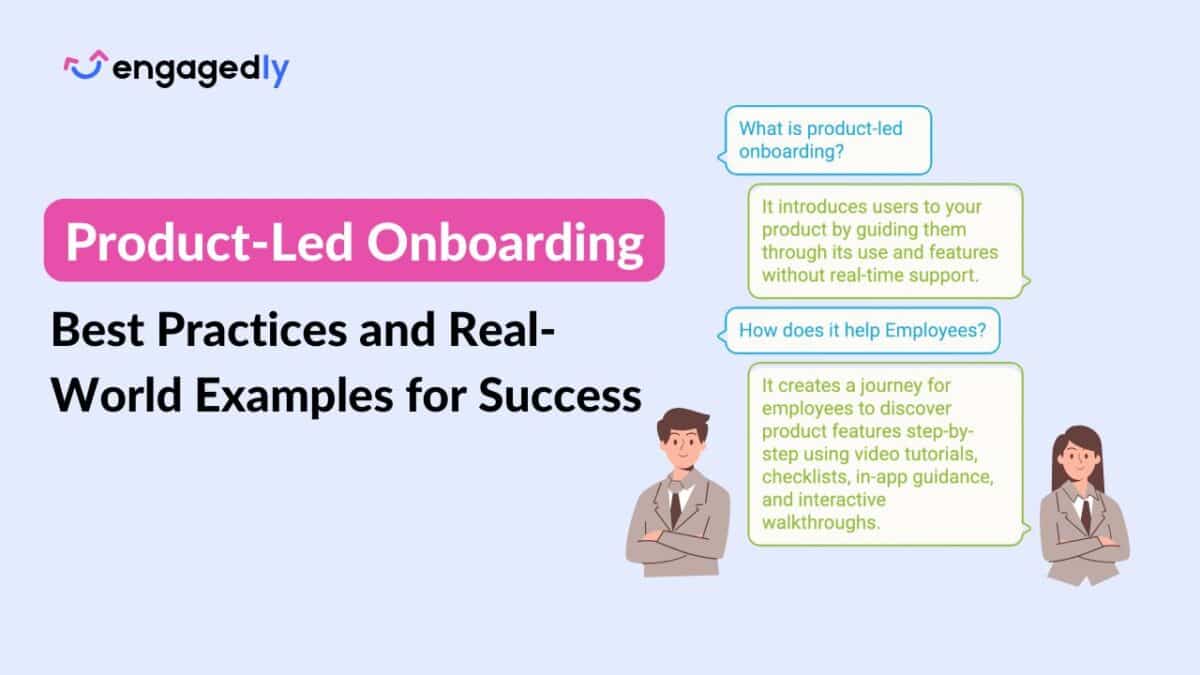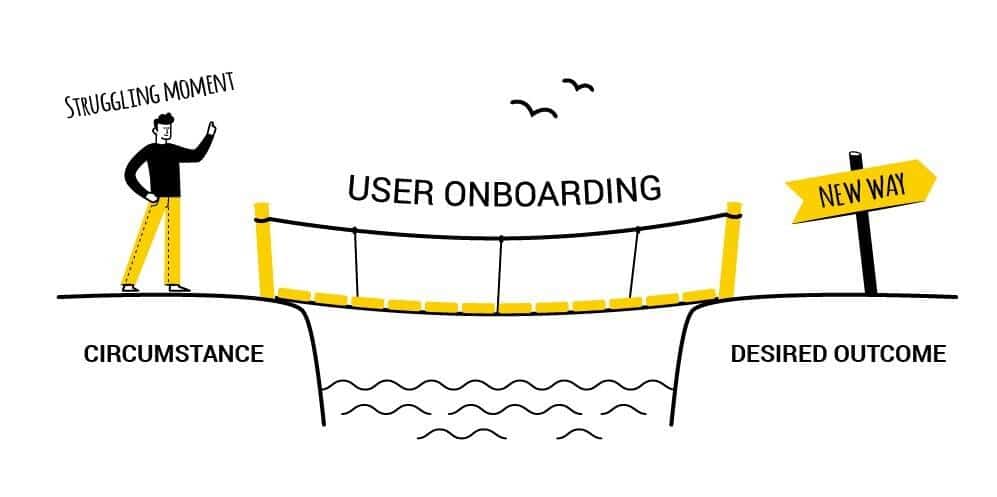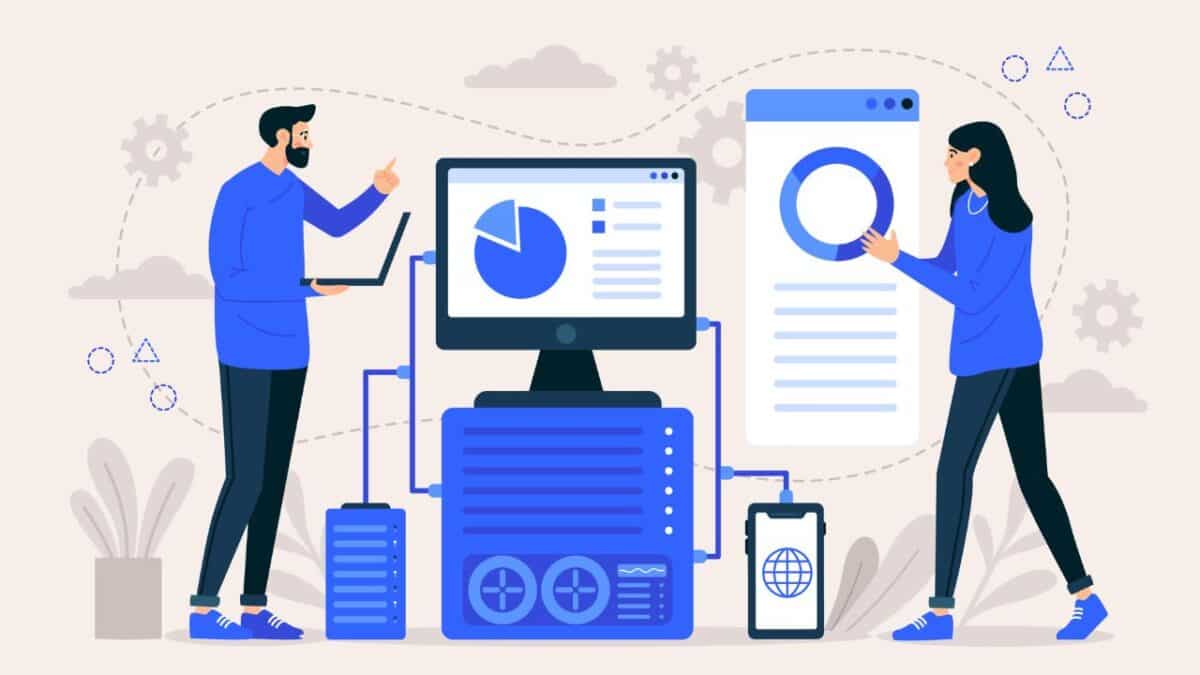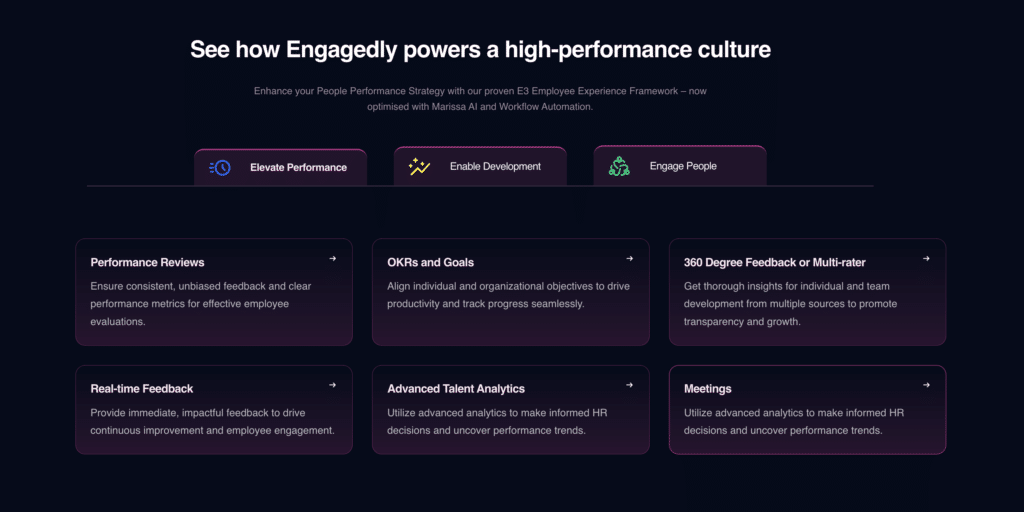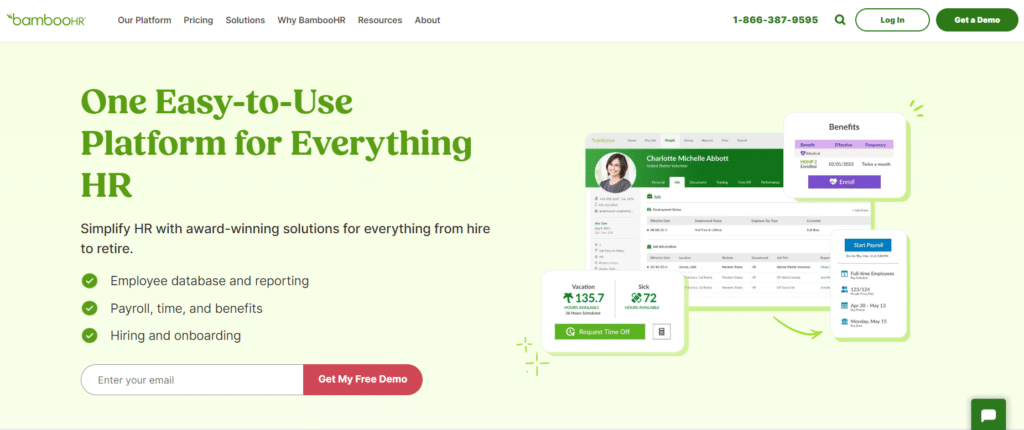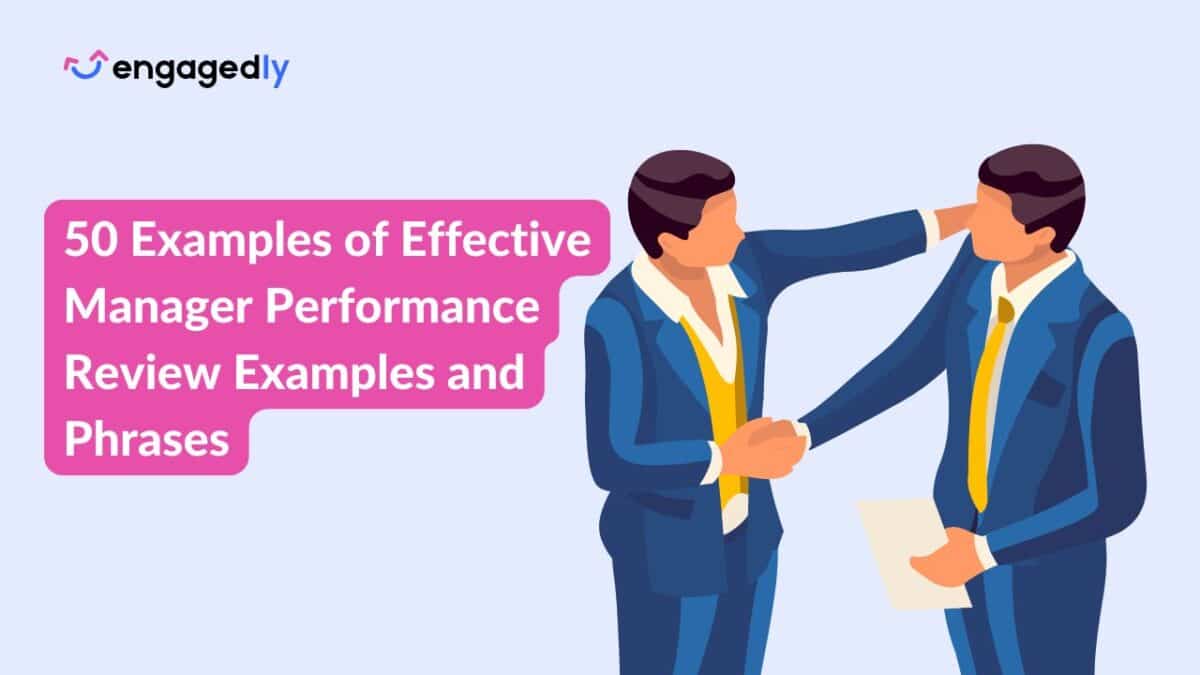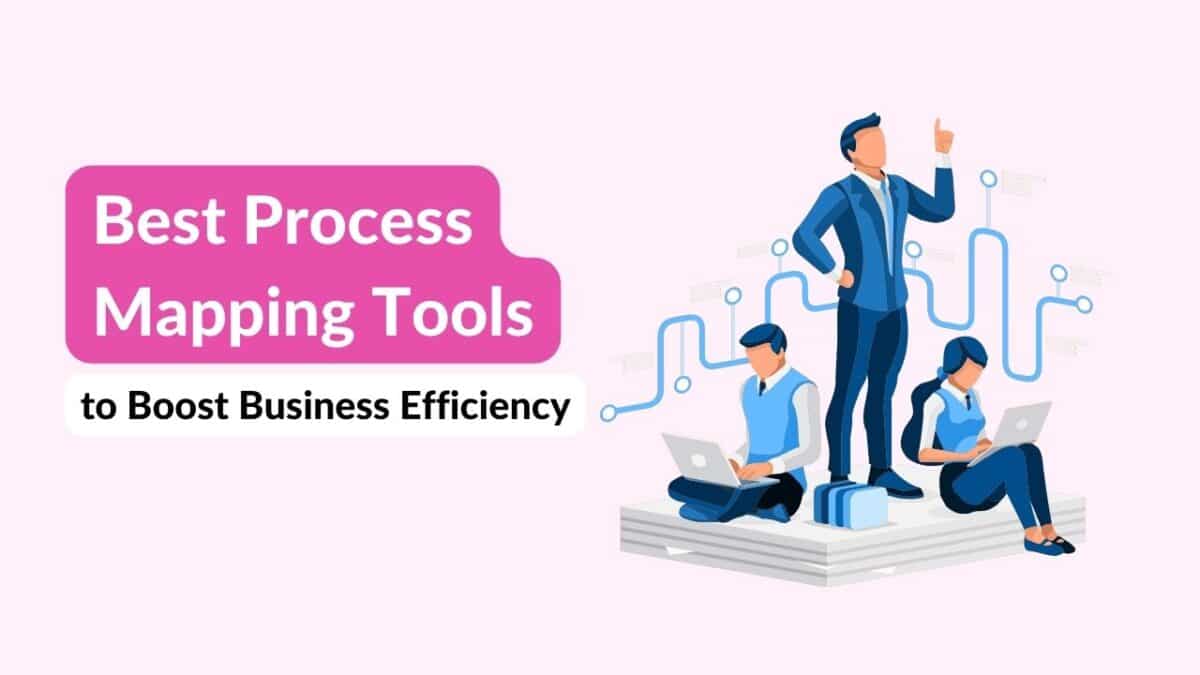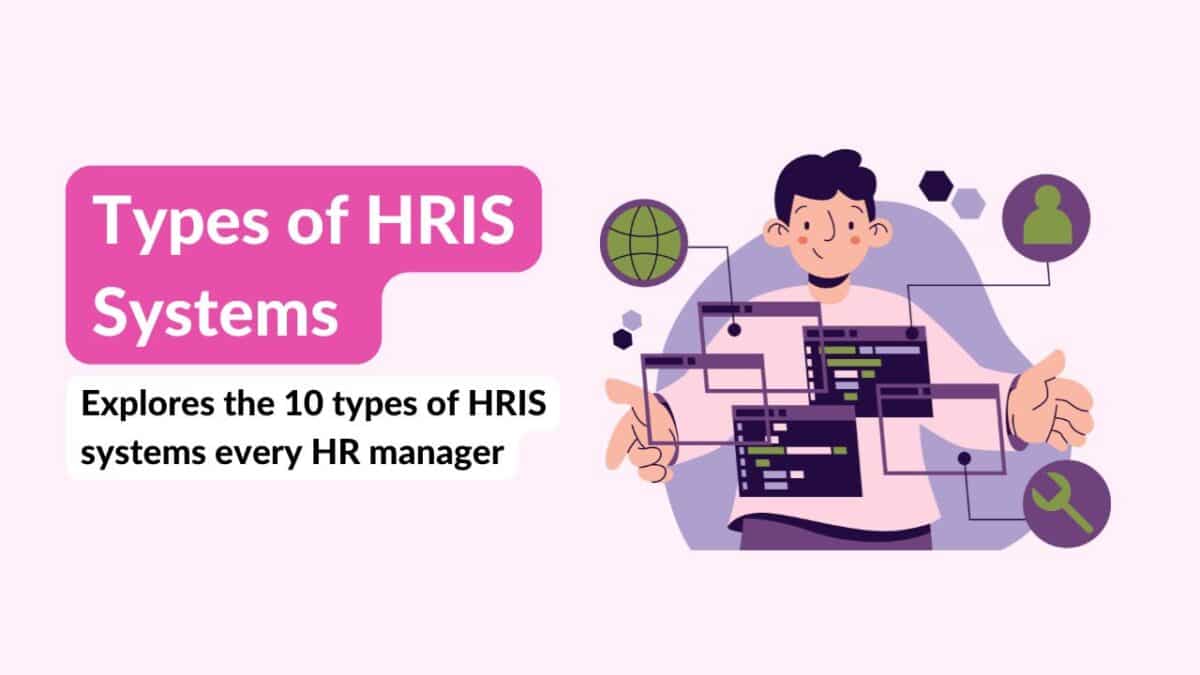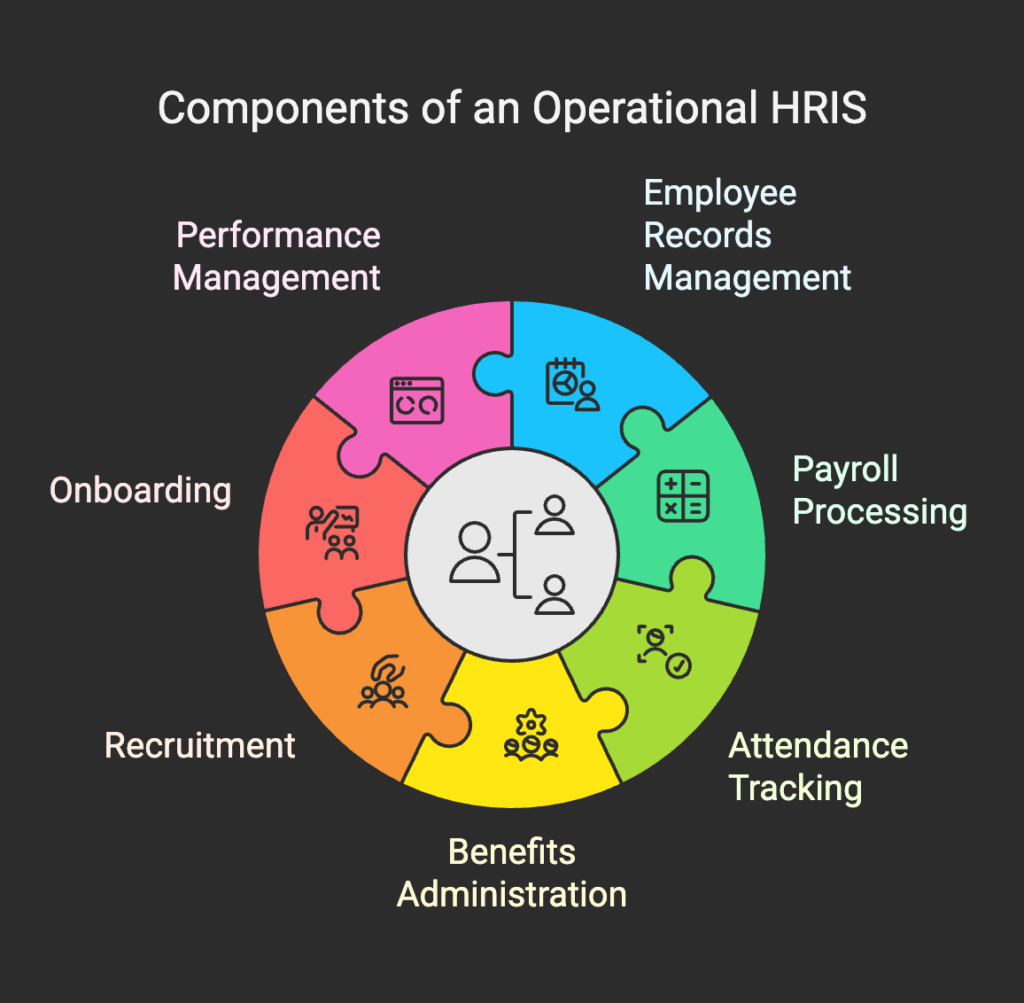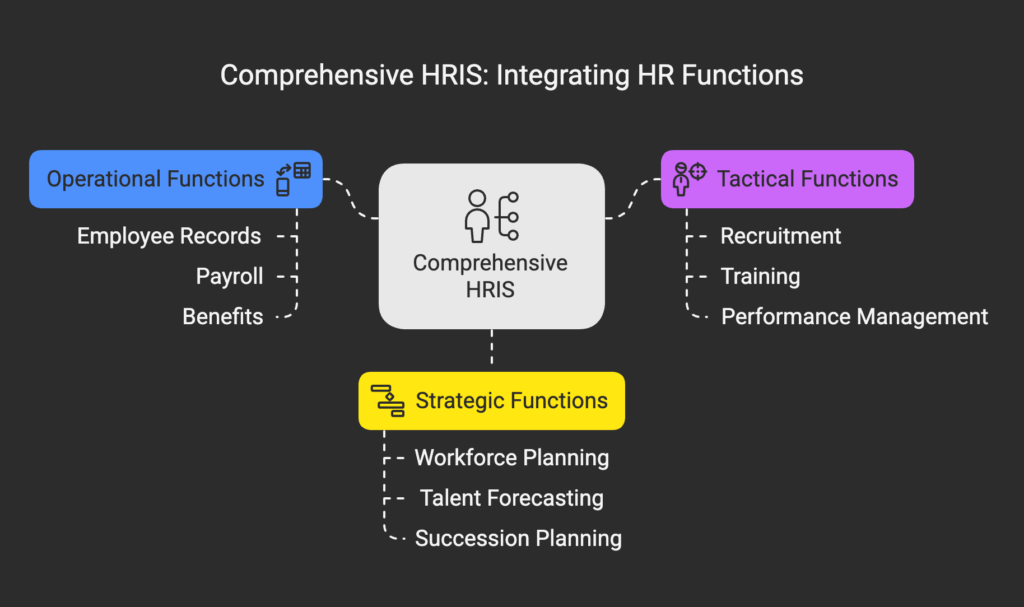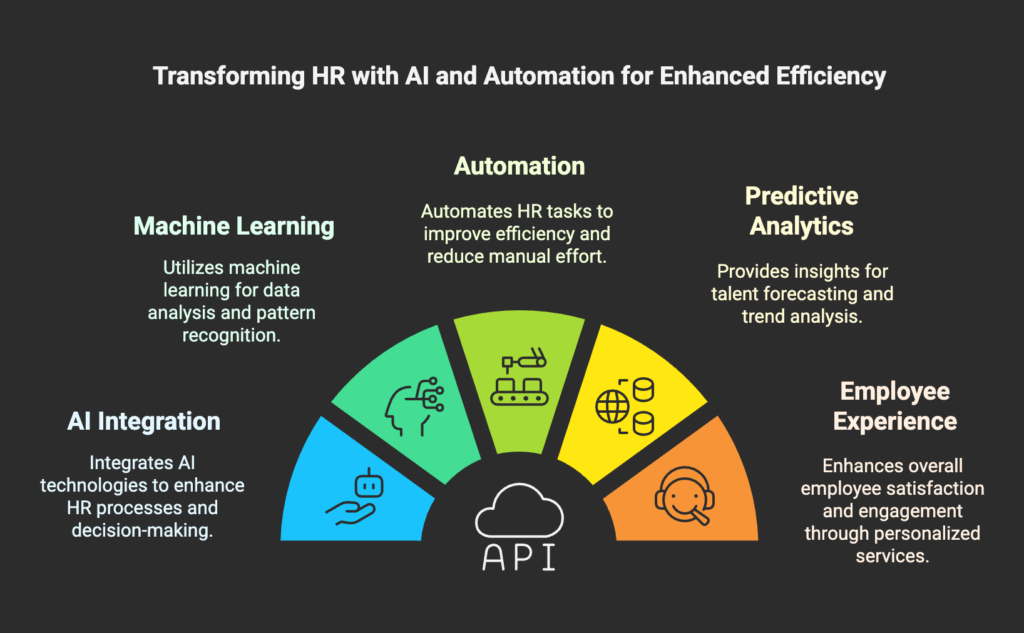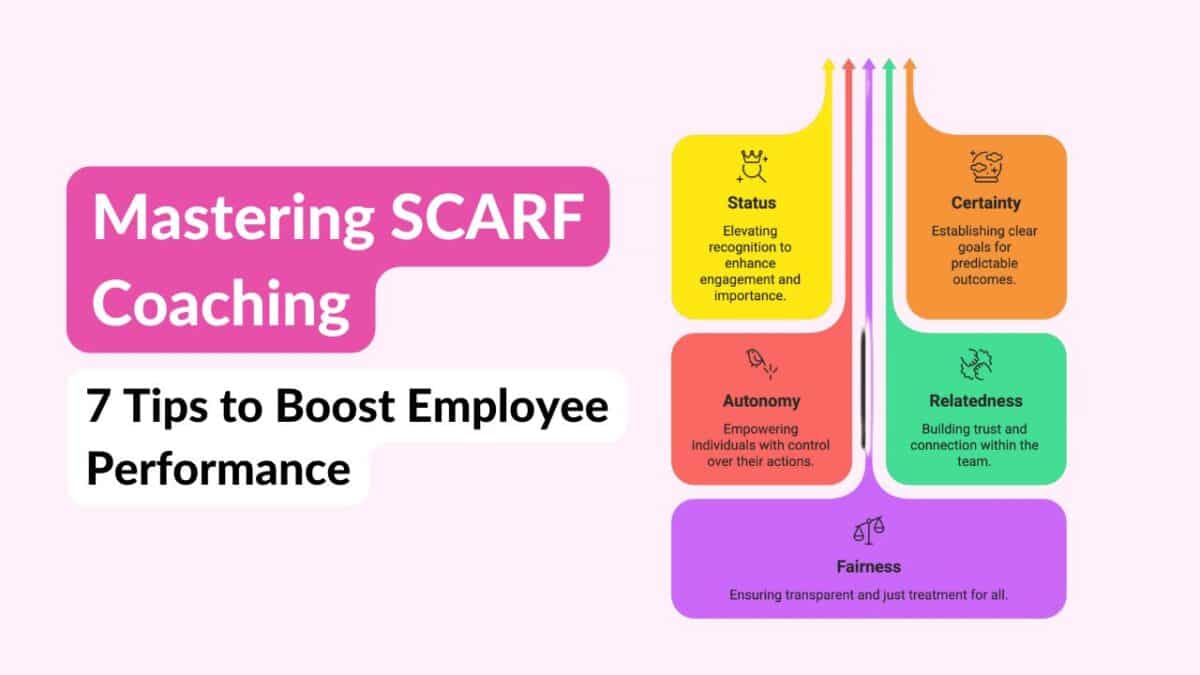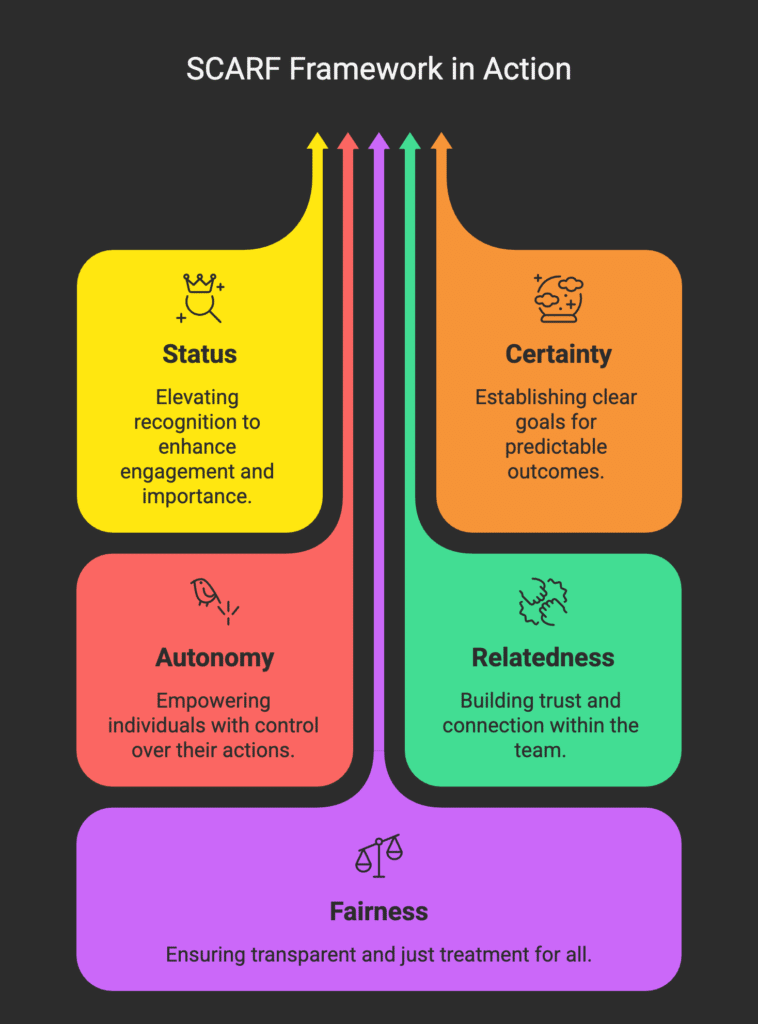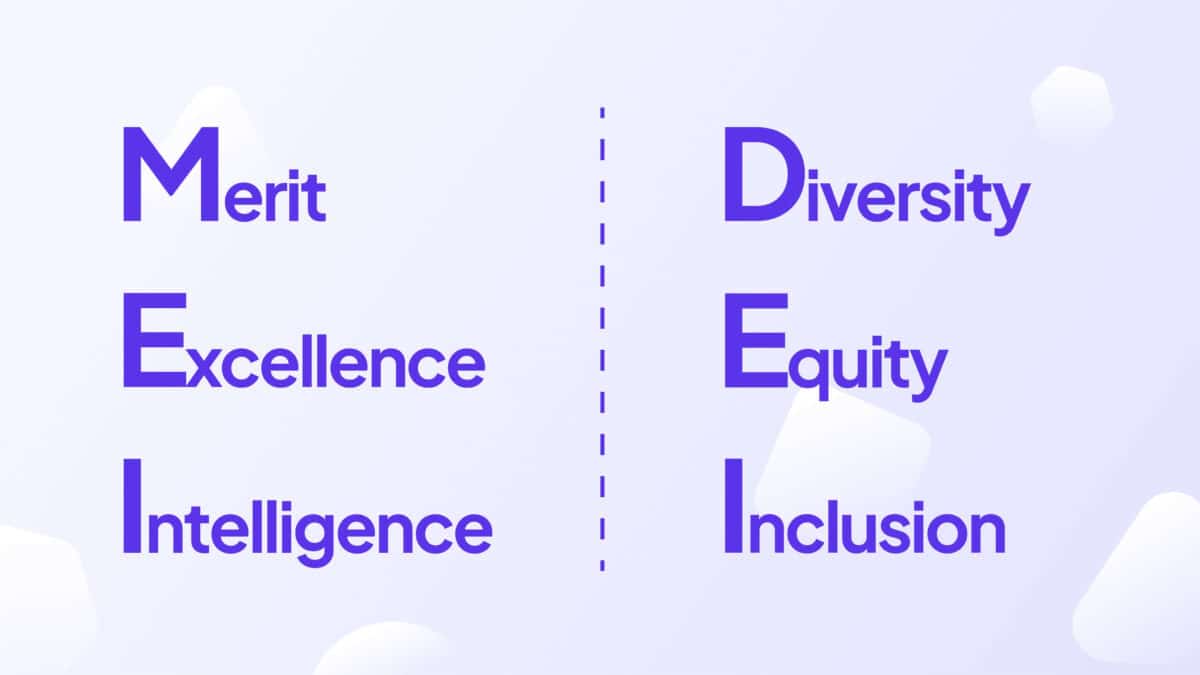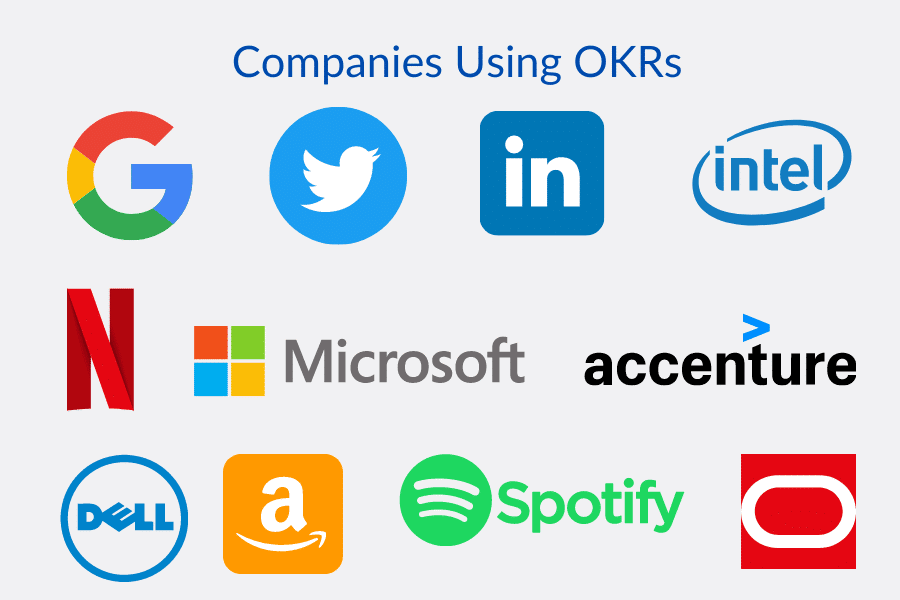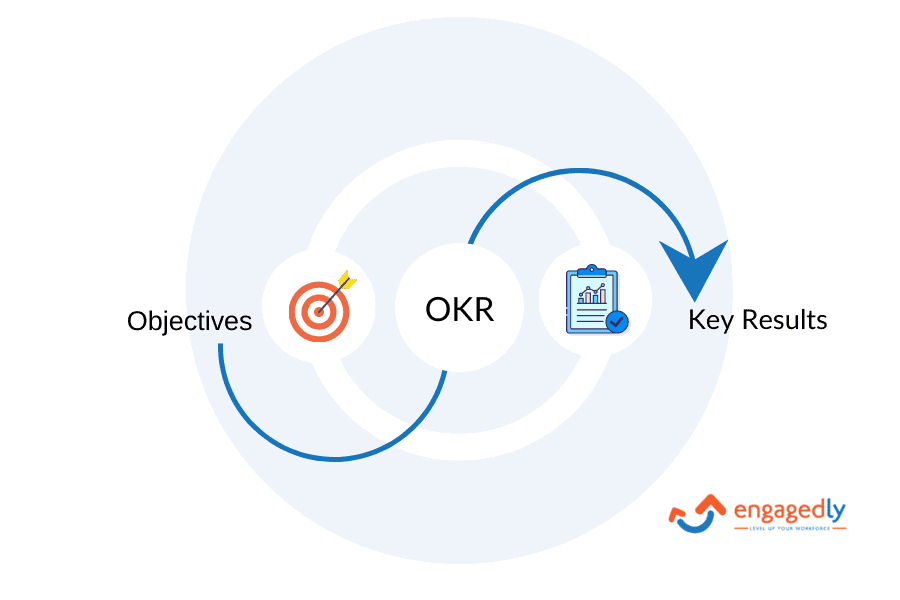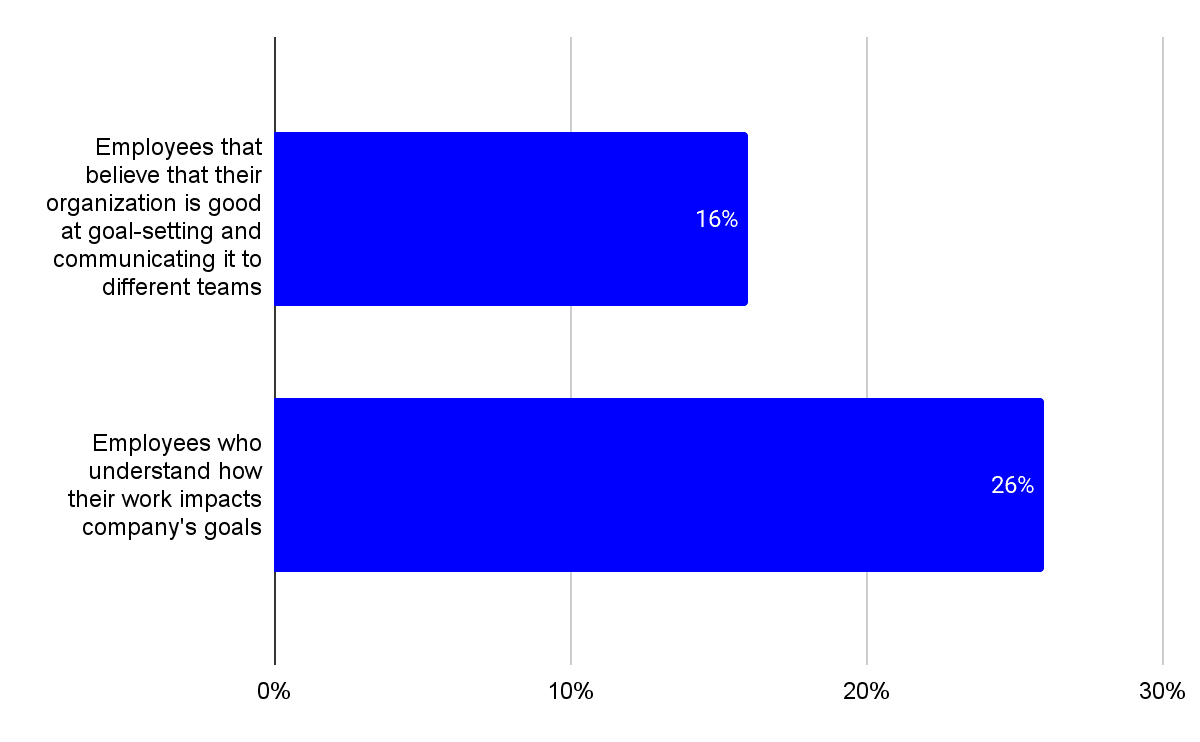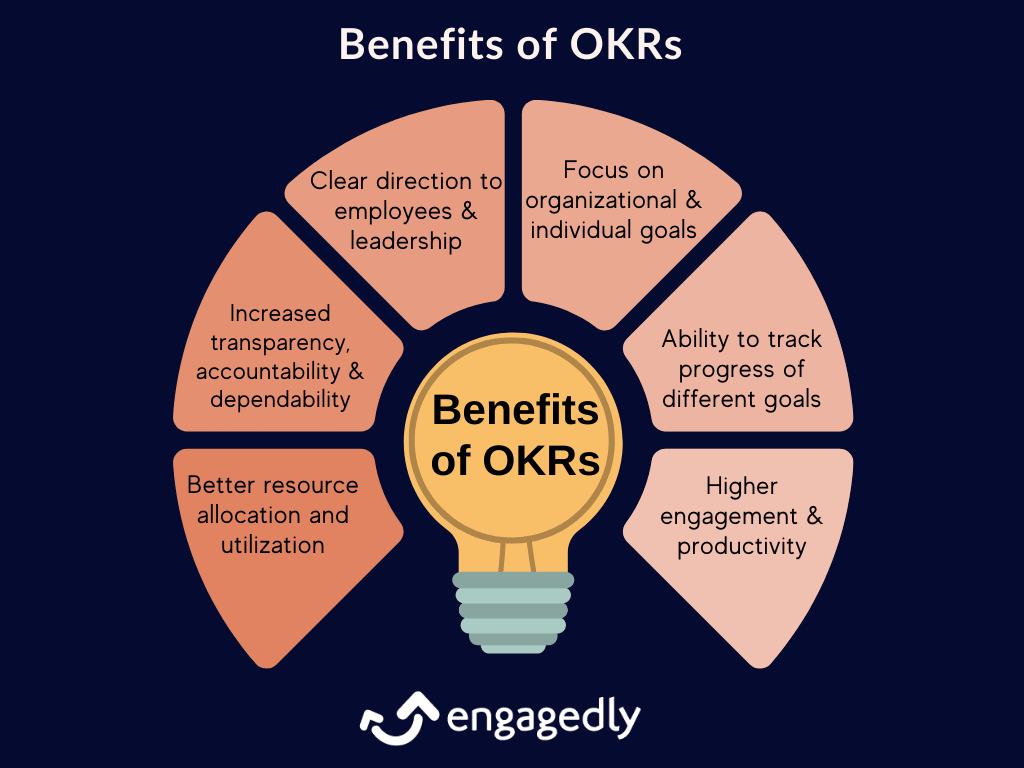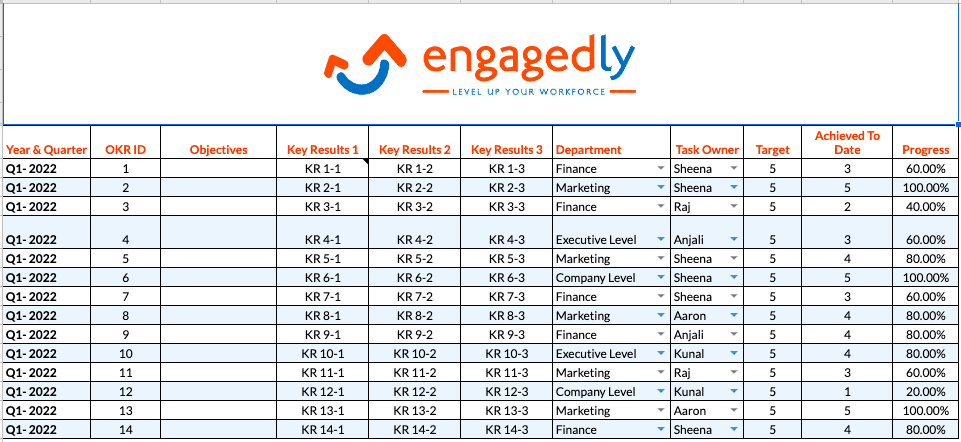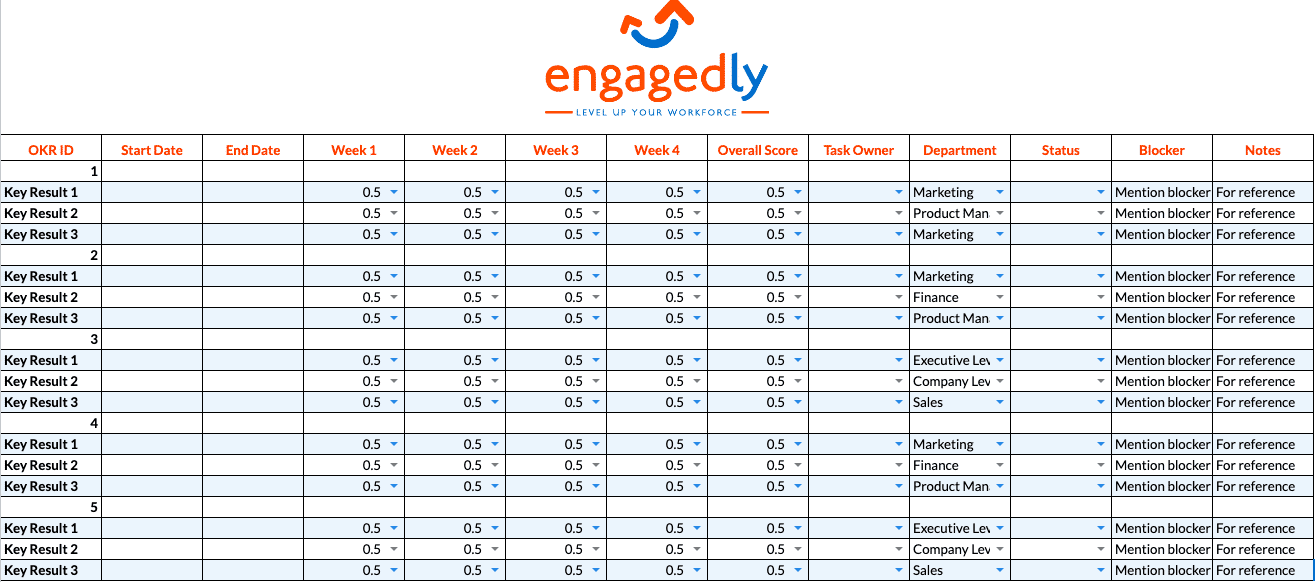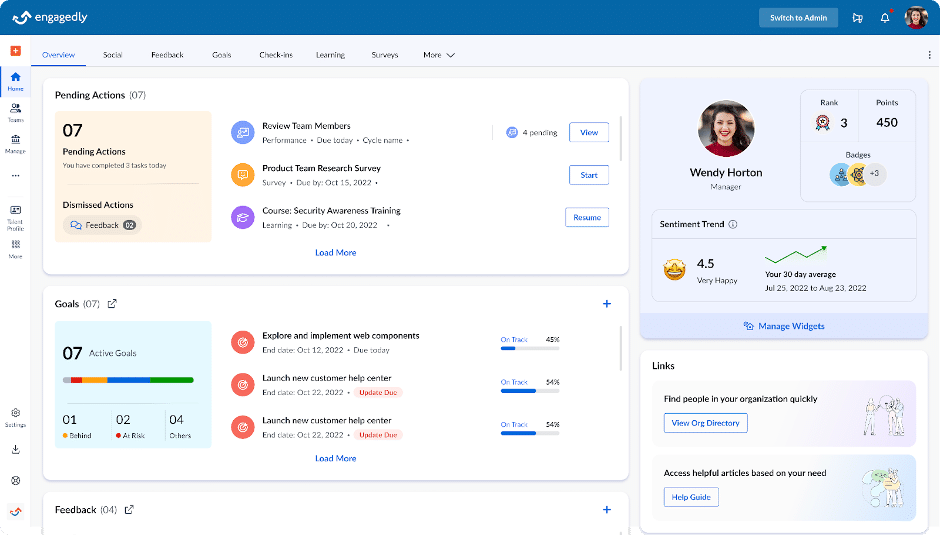When it comes to the SaaS market, product-led onboarding has revolutionized the way new users experience and explore a new product. As first-time users, it is crucial to involve these precious customers with an immersive onboarding process from the get-go.
Research suggests that 81% of businesses believe that giving their customers a strong product experience leads to more business growth. These simple practices build loyal clients and a sustainable growth strategy.
In this article, learn more about product-led onboarding features and practices and explore real-world examples of successful product-led models.
What is Product-Led Onboarding?
Product-led onboarding introduces users to your product by guiding them through its use and extra features without using real-time customer support.
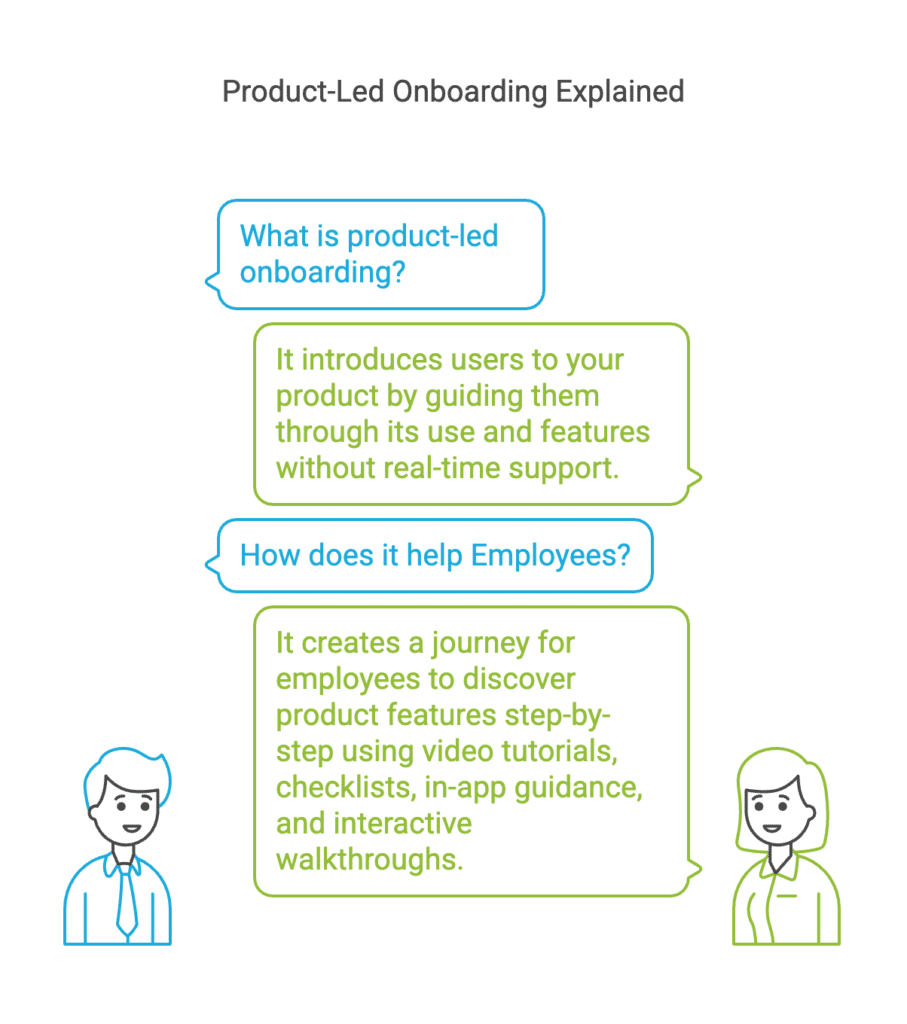
This helps create a journey for the customer, helping them discover the features of your product step-by-step with video tutorials, onboarding checklists, in-app guidance, and interactive walkthroughs.
Product-Led Onboarding vs. Product-Led Growth
Product-led onboarding and product-led growth both work towards familiarizing the user with the product, but the end goals differ in both cases.
| FEATURES | PRODUCT-LED-ONBOARDING | PRODUCT-LED GROWTH |
| Objective | Help users understand core functions and major features | Use the product as the main tool for user acquisition, retention, and expansion |
| Major Focus | User’s first-time experience and understanding | Managing the product’s value to drive overall business growth |
| Methods and Tools | In-app guidance, checklists, interactive walkthroughs, tutorials | Freemium models, free trials, in-app features, user conversion strategies |
| Goal | Make the product self-explanatory and accelerate time-to-value | Make the product a self-sustaining model aiming for long-term retention and word-of-mouth |
| Human Intervention | Minimized with immersive onboarding features | Encourages a self-sustaining system with less reliance on human resources |
| User Experience | Aims for the “ahaa!” moment where users discover features | Focuses on smooth experience leading to user satisfaction and long-term use |
| Target Audience | New users | Both new and expert users |
| Examples | Tutorials, in-app guidance, checklists | Freemium models, free trials, upgrade pathways |
Best Practices for Product-Led Onboarding
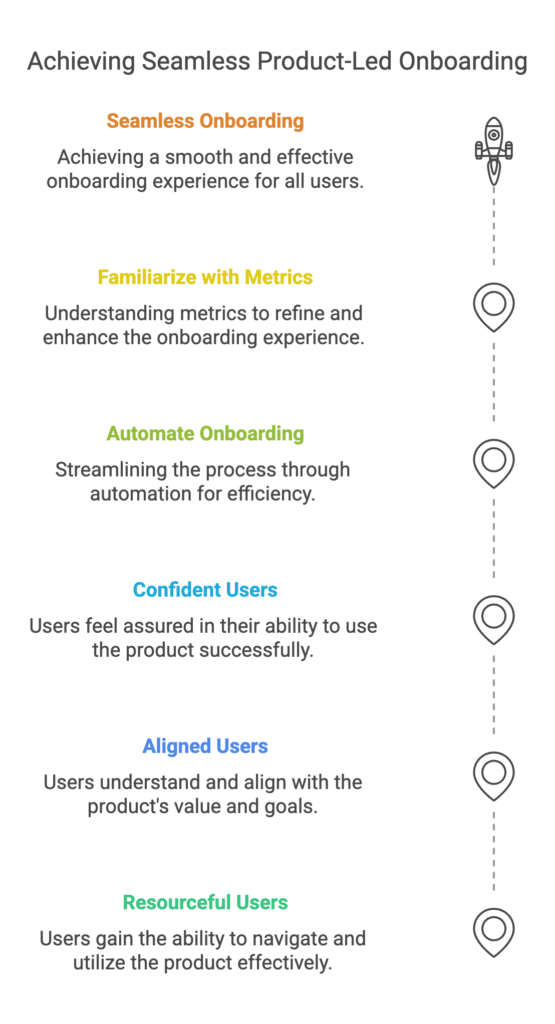
When you use a product-led onboarding process, your users become more resourceful, aligned, and confident about the product’s value. You don’t have to use complicated walkthroughs or interactions for any product’s success.
Simply offering users valued information at the right time and providing solutions to their challenges can result in a smooth onboarding. You can also automate your onboarding process for a more efficient process, for both customers and employees.
Furthermore, familiarising yourself with onboarding metrics can help you improve your onboarding processes for a better customer experience and retention.
Here are a few tips to make sure your onboarding process is seamless and effective for all users:
Tip 1: Start with a Clear Onboarding Plan
Prepare a clean structure to onboard new users, straight from neat sign-up processes to dashboards and workflows.
- Welcome Message: As soon as your user proceeds with sign-up, welcome them with informative pop-ups and interactive messages that are useful and enticing.
- Use an Onboarding Checklist: Keep a checklist that guides all users through step-by-step tasks.
- In-App Guidance: Use tooltips and contextual prompts to guide confused users through features.
By making sure you entice your users with a wonderful first-time walkthrough, you’re setting yourself apart from competitive products and using an opportunity to educate your users about your product’s value.
Example
At Engagedly, when you sign up as a user, you’re provided with a smooth onboarding checklist and in-app tools that guide you in exploring all key features.
Step 2: Use Creative Training Features
You must engage users with timely pop-ups and walkthroughs that unfold your product to increase user excitement.
- Interactive Walkthroughs: Create step-by-step workflows that help users finish desired tasks.
- On-Demand Video Tutorials: Provide accessible digital resources and solutions for users’ convenience and quick problem-solving.
- Gamification: If you want to keep your users engaged, introducing elements like badges and progress bars will keep your product engaging and interesting throughout.
Example
Slack uses smooth walkthroughs for onboarding. Throughout the process, users are aided with messages and prompts to set up channels and integrate apps easily.
Step 3: Provide Access to Resources
Other than smooth onboarding, you need to keep the product relevant and engaging enough for your users by providing contextual resources at every step. As 38% of users in most product-led businesses interact with your product using freemiums or free trials, you must ensure that you give them more product value during this initial trial period.
- Knowledge Base: Offer articles, blogs, and FAQs that address common issues and solutions related to your product.
- Community Forums: Provide platforms where users can build a strong community that shares tips and solutions related to the product.
- Support Channels: Emailers are a great way to extend your product’s value services for your users who need additional assistance. Add accessible widgets for easy access to high-quality support content in times of the user’s need.
Example
Dropbox has a strong knowledge base with articles, video tutorials, and FAQs to assist users in operating and understanding the product.
Step 4: Go for Constant Collaboration and Peer Learning
Having a community that backs your product’s credibility and shares extensive knowledge with struggling users is a major benefit of an online community. Promote a culture of collaboration by encouraging your users to:
- Join Community Forums: These forums are a 24/7 information hub for struggling and new users. This also builds a chance for these users to interact with more informed and confident users.
- Attend Webinars: Participating in live webinars that are conducted by expert users will help build a support channel.
- Share Feedback: Users can share feedback and suggest improvements that can eliminate any glitch or issue without further delays because of lack of communication.
Example
Figma hosts a strong community that helps in the peer-led onboarding process. The forum allows users or even organizations to share projects, files, plugins, and widgets. Having an interactive space allows the users to comment, share, and provide feedback that eventually builds a strong product image.
Examples of Product-Led Onboarding
The following are some examples of where companies drive customer engagement through first-time product interactions:
1. Notion
Notion is a SaaS company that provides solutions to manage work for you and your team. With great user onboarding interfaces and product-led growth strategies, Notion has massively scaled and ensured a satisfied clientele.

Interactive Tutorials
- Notion uses interactive prompts and guides to show its users how to create pages and calendars, organize their workspace, and use templates.
- This responsive assistance helps users easily set up their work and navigate through all features.
User Onboarding Checklists
- Checklist guides help the user keep track of their progress on the application and walk them through tasks such as creating notes, integrating with other tools, and simply creating new pages.

On-Demand Video Tutorials
- Notion has a vast library of conversations and video tutorials that cover various use cases, from management to personal productivity and journaling.
- These videos are a support system and quality database for keeping users involved in the product’s uses and also for accessing knowledge anytime.
Template Gallery
- Notion provides a gallery of pre-made templates that users can adopt and customize. Having access to predefined templates can help users jumpstart and get onboard faster.
2. Hubspot
Hubspot’s strong product-led onboarding strategy is successful because of easily accessible self-serve resources and an active community. Furthermore, it has a mix of interactive tutorials, on-demand video courses, and in-app prompts to facilitate a smooth onboarding for all users.


Interactive Tutorials
- Guided tours help users explore features like setting up email, creating landing pages, and using CRM tools.
- Step-by-step Instructions provide guidance on how to navigate and use various functionalities in the product and use HubSpot’s special features efficiently.
- Real-time prompts provide contextual assistance and tips as users navigate the platform, helping them discover and utilize features.
- Tool Tips and Pop-Ups highlight major functionalities and offer quick tips to enhance user experience and productivity.
Certification Courses
- Encourages new users to complete certification courses that cover major aspects of the HubSpot platform, ensuring they have a thorough understanding of the product
- Provides users with certificates upon completion, validating their knowledge and proficiency in using HubSpot
Gamification
- HubSpot uses gamification features like rewarding user actions and boosting loyalty for a better user experience.
- HubSpot integrates with Nudge to provide a personalized customer experience and reward everyday tasks.
3. Slack
Slack has a wonderful database and resources that help users get acquainted with its interface easily. From personalized channel recommendations to interactive tutorials, Slack excels at providing the most welcoming user onboarding experience.

Knowledge base
- All users have access to a massive knowledge library filled with articles and guides that explain product features.
- Slack offers a strong community platform where creatives from different fields can interact for support and insights.
- Slack is very easy to scale and can host multiple workspaces. It offers various free tutorials to do the same.
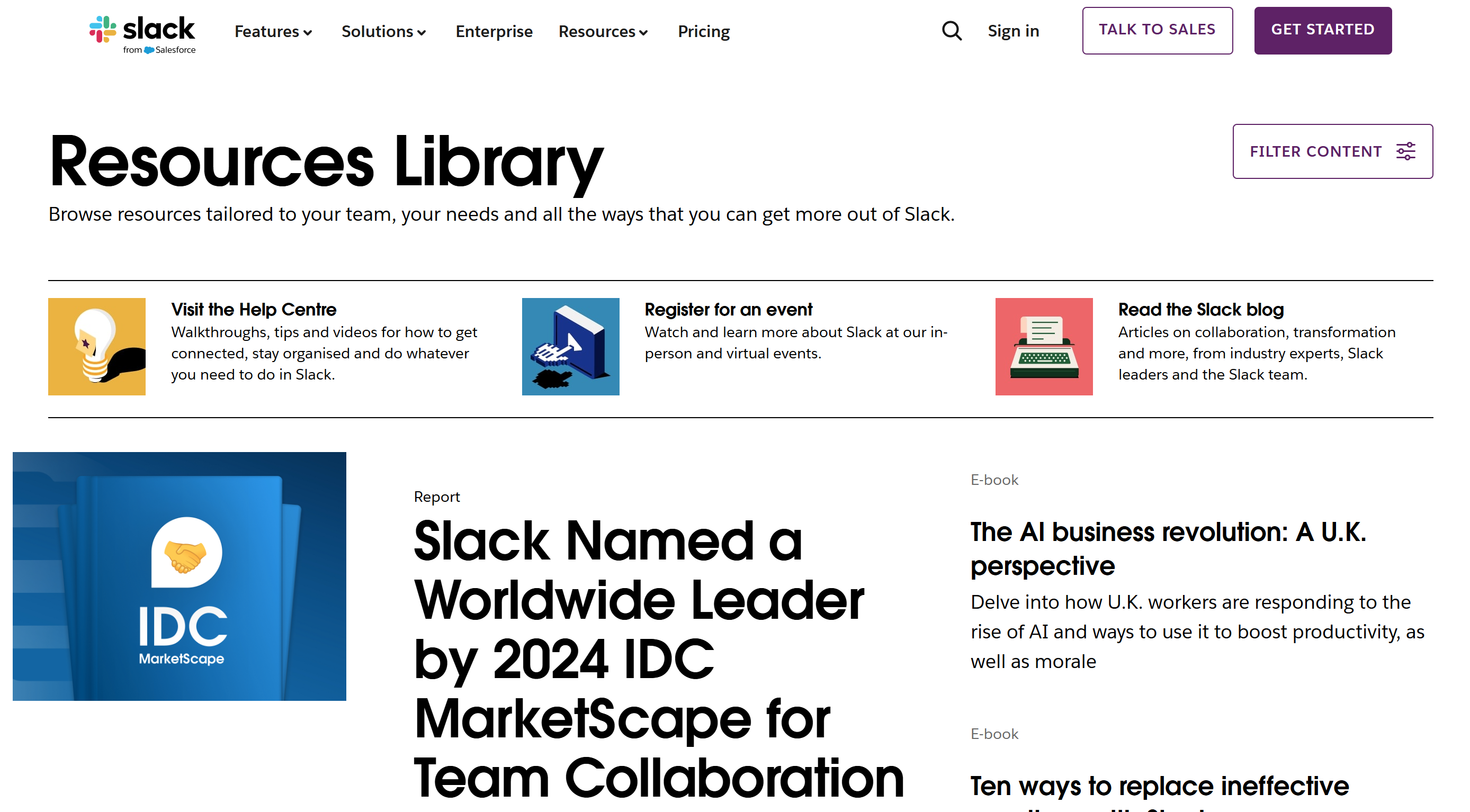
Conclusion
Product-led onboarding is a powerful method to attract and educate new users and offer them more interactive learning opportunities. By making your product a constant learning experience, you’re driving more consumers while also maintaining overall user engagement.
Ready to revolutionize your onboarding process with a product-led approach? Engagedly’s powerful Onboarding LMS helps you deliver seamless, engaging, and personalized experiences for new hires. Empower your employees to hit the ground running with interactive learning modules, automated workflows, and real-time progress tracking.
💻 Book a demo today to see how Engagedly’s Onboarding LMS can transform your employee onboarding journey!
FAQs
What is product-led onboarding?
Product-led onboarding is a training approach that uses the product itself to guide new users, giving them hands-on experience and learning opportunities throughout the product journey.
How does product-led onboarding benefit organizations?
Product-led onboarding accelerates learning, promotes user satisfaction, and reduces support costs by allowing users to learn by doing.
What are some best practices for product-led onboarding?
Best practices include developing a clear onboarding plan, leveraging interactive training methods, providing access to resources, encouraging collaboration, and collecting feedback for continuous improvement.
Can you provide examples of companies using product-led onboarding?
Companies like Zoom, Trello, HubSpot, LinkedIn, and Salesforce use product-led onboarding to train new users, ensuring the best user experience and satisfaction with their products.

